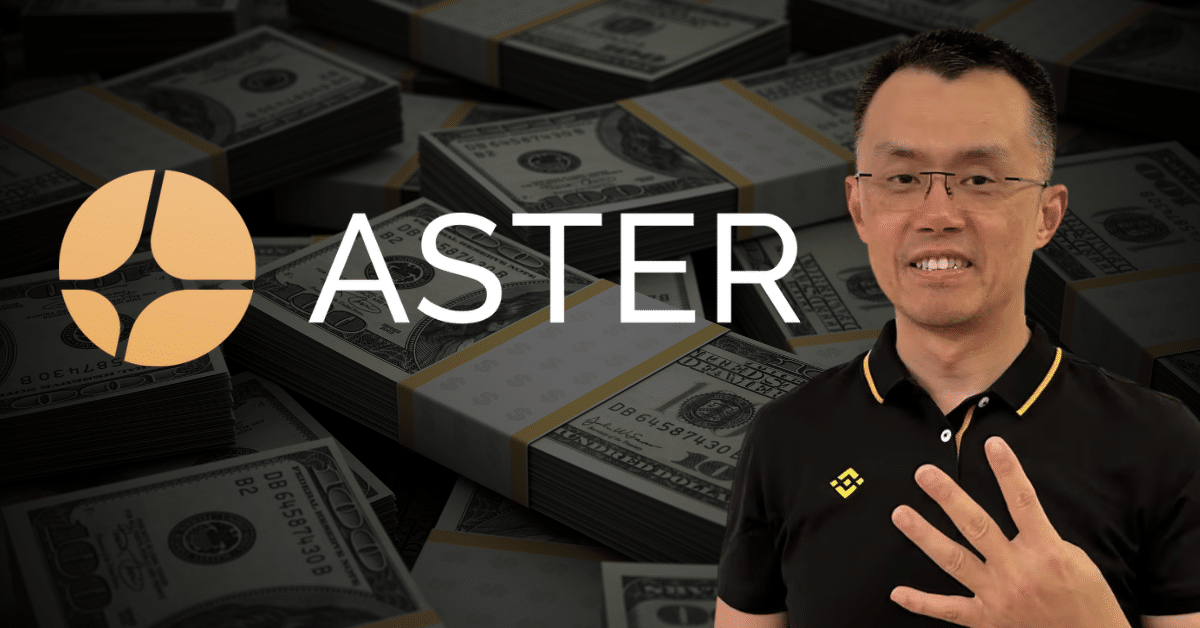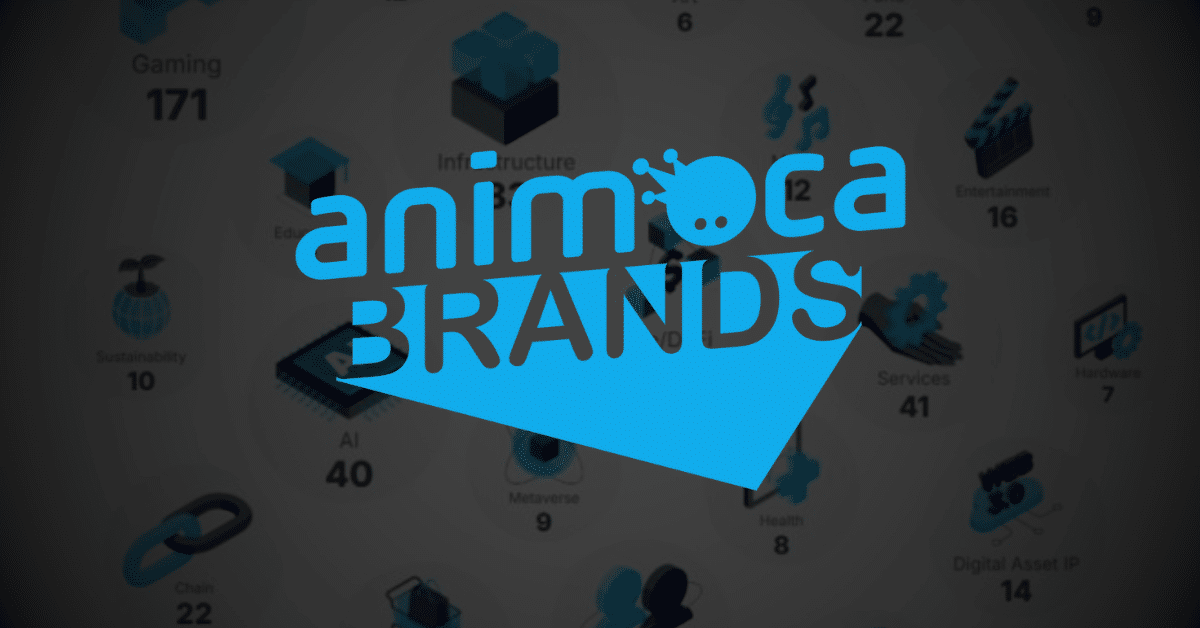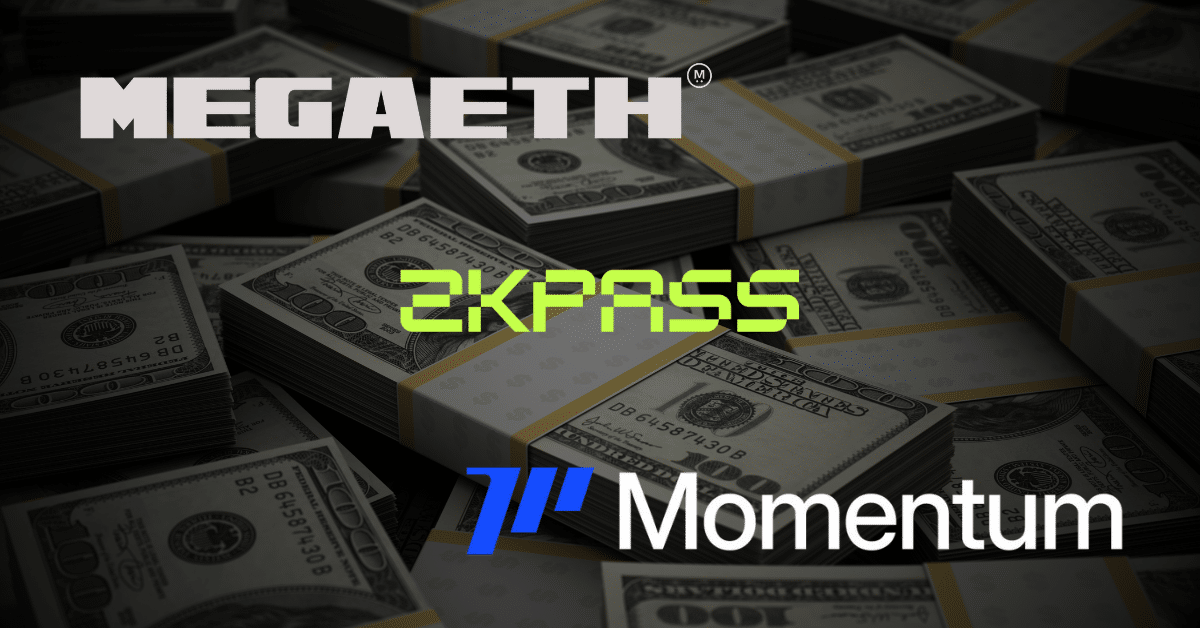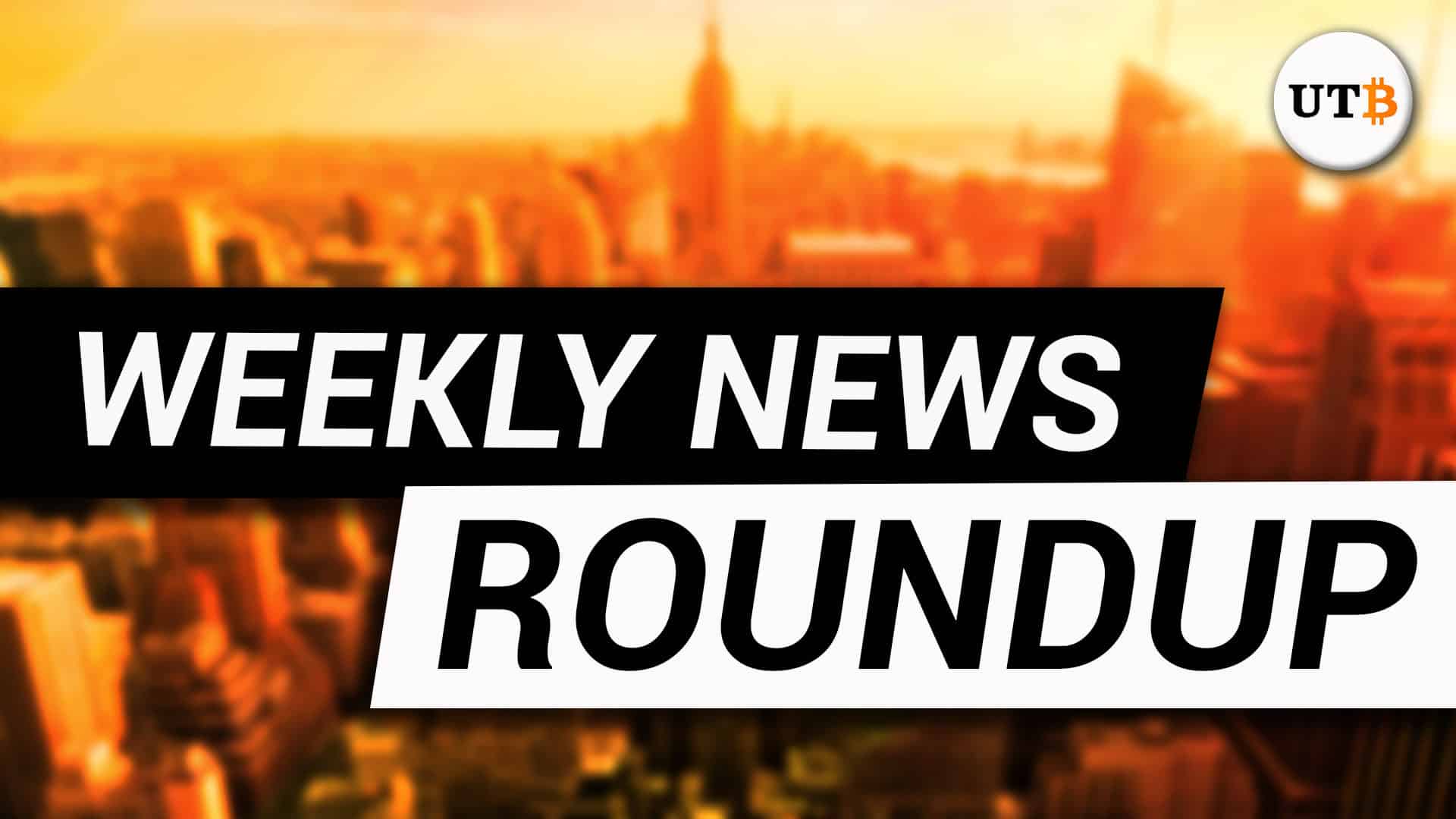Ripple recently announced that Schuman Financial has integrated its euro-backed stablecoin, EURØP, onto the XRP Ledger (XRPL). This move signals a step forward in using regulated stablecoins within blockchain ecosystems.
Built to be fully compliant with the EU’s Markets in Crypto-Assets (MiCA) framework, EURØP allows for seamless and secure euro-denominated transactions on XRPL. Its introduction is expected to facilitate faster, more reliable payments and support a wide range of decentralized finance (DeFi) applications on the ledger.
EURØP’s Live on XRP Ledger
EURØP has made history as the first euro-denominated stablecoin to go live on the XRP Ledger while fully complying with the EU’s Markets in Crypto-Assets (MiCA) regulations. This launch marks a significant development in the push for regulated digital assets within the European blockchain space.
EURØP is a stablecoin backed one-to-one by the euro, meaning each token can be exchanged for exactly one euro. This ensures price stability and makes it a reliable digital representation of the euro for use in transactions, payments, and other blockchain-based financial activities.
Regulatory Oversight and MiCA Compliance
The stablecoin is issued by Schuman Financial, a licensed provider operating under the supervision of France’s financial authority, the Autorité de Contrôle Prudentiel et de Résolution (ACPR). This regulatory framework offers strong transparency and accountability, helping to build trust among users and institutions. As one of the first euro-denominated stablecoins to meet MiCA standards, EURØP sets an example for European compliant digital currencies.
EURØP Joins MiCA Stablecoin Race
EURØP, reflects the growing demand for regulated stablecoins in Europe. It is designed to meet the strict criteria of the MiCA framework—such as full reserve backing and detailed transparency measures, and enters a competitive market. However, its success will be challenging, as it faces established players like Ripple’s RLUSD and Circle’s USDC, both MiCA-compliant and already well-integrated into the European crypto ecosystem.
USDC, in particular, remains a major force in the stablecoin space, closely trailing Tether (USDT) in terms of total supply. Currently, USDT holds a market share of over 62%, while USDC accounts for nearly 25%, within a stablecoin market valued at around $245.9 billion. This positions USDC as the second-largest stablecoin globally, making it a strong competitor to any new entrant.
EURØP Challenges RLUSD in Europe
RLUSD also operates on the XRP Ledger, but it might not attract users looking to hold euros because it’s tied to the US dollar. This distinction could work in EURØP’s favor. However, Ripple’s strong reputation and RLUSD’s widespread adoption across Europe give it a significant advantage. With the European crypto landscape evolving under MiCA rules, the next half year will be key in deciding which stablecoin will lead the market.
Final Thoughts
EURØP’s launch on the XRP Ledger is an important step for regulated stablecoins in Europe. Backed one-to-one by the euro and fully following EU rules, it offers a safe and reliable digital euro for fast payments and blockchain use. While it faces tough competition from well-known stablecoins like USDC and RLUSD, EURØP’s focus on the euro and strong regulation could help it stand out. The next few months will show how well EURØP and its rivals compete in Europe’s growing crypto market.























